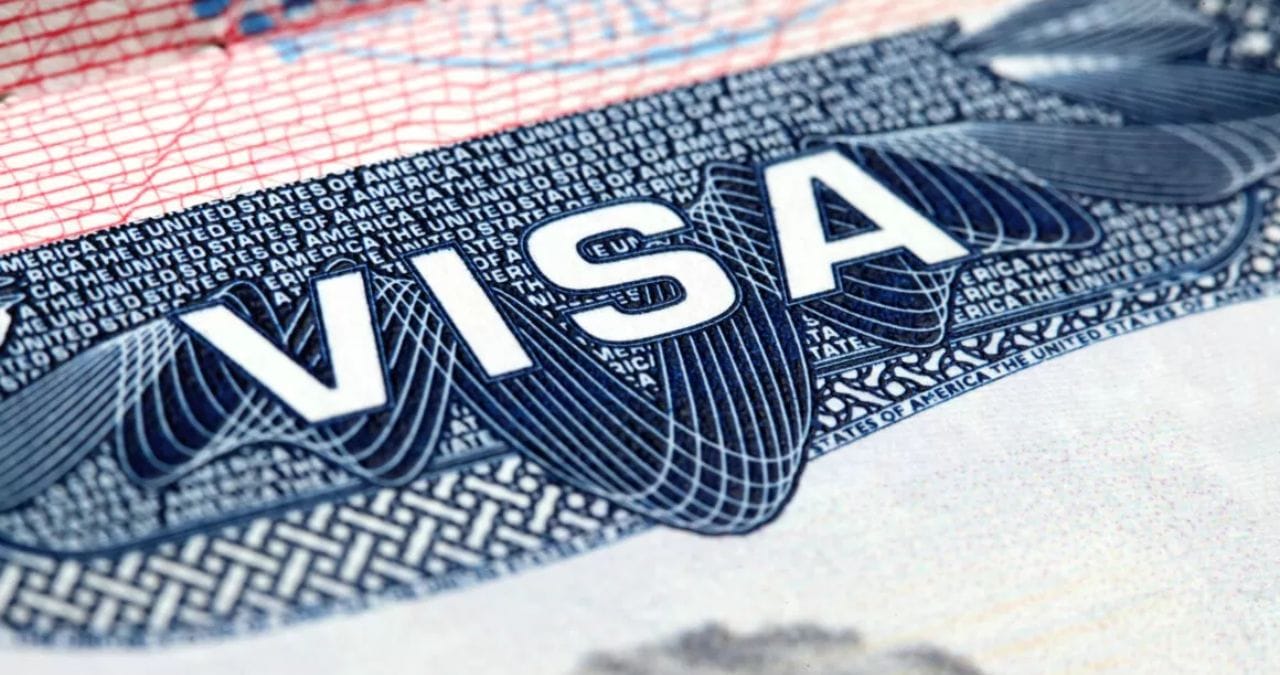How Emotions Drive Brand Perception in PR and Shape Public Opinion
A brand’s success totally depends on its reputation in the market. Also, emotions and sentiments play a great role in making. Public relations (PR) is not just about the press releases or interacting with the media or press; it’s also about what the world feels or thinks about the brand or company. A brand’s success depends on its image. This blog will break it down for you how emotions influence brand reputation and how PR uses it.
Know How Emotions Matter in PR
People not only buy products but, they buy experiences. Studies show that emotions have a huge impact. That’s why PR campaigns create emotional connections with people, so that they start trusting the brand more.
PR campaigns focus on different key emotions such as:
1. Trust
Trust plays the role of pillar in the PR. If people see a brand as trustworthy, they are more likely to support it.
Here are Ways to build trust include:
Being clear about the company’s values.
Managing criticism in a responsible and one way.
Keeping the same message across all the platforms.
2. Happiness
When a brand is happy, people can relate to it more easily. PR campaigns use emotion, and inspirational stories to spread happiness.
Coca-Cola’s “Share a Coke” campaign, in which bottles featured people’s names, is one example.
Companies are sharing motivational tales about assisting local communities.
3. Anxiety and Immediacy
When handled properly, fear can be a motivator. This strategy is used in many public campaigns, such as those that alert people to the dangers smoking poses to their health.
Environmental campaigns that highlight the threats that climate change poses.The key is to use fear carefully.
4. Sadness: Inspiring Empathy and Support
Sad stories have the power to move people to action and concern. This thing is widely used by charities to increase awareness and donations.
the examples are here:
Organizations showing touching stories to support.
Brands promoting social causes to connect with customers.
5. Surprise and Excitement: Creating Buzz
The campaigns grab the eye of the world and make brands more recognizable.
Some ways brands create excitement:
product launches or brand collaborations.
marketing stunts that grab a lot of attention.
How emotions can be used effectively
Using emotions in PR must be done thoughtfully. Here’s how PR professionals can do it right:
1. Tell Powerful Stories
Good storytelling is the keypoint in public relations. Instead of just selling products, brands should share personal experiences and the stories that create emotions. A great story can make a brand memorable.
2. Use Visual Content
Images, videos, and graphics are more powerful than words alone. A strong video or an eye-catching image makes a campaign more engaging and shareable.
3. Connect with the Audience
Social media helps brands to interact directly with the people. Engaging content like polls, Q&A, and interactive posts help build connections in the marketing.
4. Be Honest and Transparent
People appreciate and love honesty. If a company makes a mistake,or does something bad, admitting it and taking action builds trust. Fake apologies or misleading messages can damage a brand’s reputation in the marketing.
5. Personalize Messages
Who does not like to feel special? Brands or companies that send emails, messages, or offers make customers feel valued, loved and connected.
PR is all about sentiments. Brands that connect with people through trust, satisfaction, fear, sadness, and excitement build stronger relationships. When PR campaigns use emotions in the right way, they help brands stand out and grow.
Want to create a PR campaign that touches the hearts of people? Start by understanding what your audience feels and telling stories that truly connect with them.
From Press Releases to Social Media: Why PR Still Matters in 2025
In today’s era, social media is having way too much impact on your lives. Daily different trends emerge, and opinion spreads like a fire. It is completely ok to think if public relations (PR) is still important nowadays. And the answer is yes. Instead of simply keeping up, public relations has changed to meet the needs of this digital-first world while remaining true to its core principles of establishing credibility, managing reputations, and bringing brands and actual people together.
Can You Trust PR? A Big Yes!
Without trust, there’s nothing; people will not support the brand that they don’t trust, especially in a time when rumors can spread easily. One bad review and boom, everything gets spoiled. Unlike advertising, which focuses on driving sales, PR focuses on how people perceive a brand. It’s about emotions—what the brand stands for and whether it aligns with people’s values. For example, when launching a product, PR doesn’t just say, “Here’s something new!” It tells a story about how the product makes life easier or solves a problem, creating a connection instead of just selling.
Press releases are still important.
Do you think press releases are outdated? If yes, then surely you have to think again. No wonder that social media is rising day by day, but let’s not forget the fact that press releases are still a vital part of PR. For big announcements, new product launches, or anything, they’re still the go-to official communication tool. In today’s world of social media, it has not replaced PR; instead, it made it easier and stronger to reach a wide scale of audience. Platforms available on social media have given access to brands to talk directly to their audience. It has made it more engaging and easier.
Crises can happen anytime.
Crises can happen anytime and anywhere; this is where PR comes in. Whether you are facing social media backlashes, bad reviews, or a product recall. PR always works to calm everything down. It will support you in your bad time and rebuild the brand trust again. Right now PR isn’t just about getting media coverage. It’s about showing what a brand truly stands for. PR ensures these efforts feel real, not just like marketing tricks.PR also helps leaders build their reputation by sharing their expertise through interviews, articles, and events. It’s all about showing their credibility and making them trustworthy. In 2025, PR is not just catching people’s eye and attention; it’s about being trusted and respected. Whether it’s a press release or a viral social media campaign, PR keeps brands close and connected with their audience.
In a world where reputations can change in seconds, having a strong PR strategy isn’t just a good idea—it’s absolutely necessary.
EB-1 Visa Benefits: The Quickest Route to a Green Card for High Achievers
If you’ve ever dreamed of living and working in the United States and have extraordinary skills or accomplishments, the EB-1 visa might be your perfect pathway. It’s a type of employment-based green card that offers permanent residency to foreign nationals who excel in their field. Here’s everything you need to know about the EB-1 visa, from eligibility to the application process.
What Is the EB-1 Visa?
The EB-1 visa is an employment-based green card designed for individuals who have demonstrated exceptional abilities in their careers. Unlike many other visa types, the EB-1 allows you to live and work permanently in the U.S. without requiring a job offer or employer sponsorship. It’s tailored for high achievers across various industries, making it one of the most prestigious visa categories.
Who Is Eligible for the EB-1 Visa?
To qualify for the EB-1 visa, applicants must meet specific criteria. It’s open to individuals who fall into one of the following categories:
Extraordinary Ability
People with exceptional talent in science, arts, education, business, or athletics. For example, if you’ve won significant awards, achieved high recognition in your field, or contributed groundbreaking work, you could qualify.
Outstanding Professors and Researchers
Educators and researchers who have demonstrated significant achievements, such as publishing widely recognized papers or receiving awards for academic contributions.
Multinational Managers or Executives
Senior managers or executives who have worked for multinational companies and are looking to transfer to the U.S. within the same organization.
Other qualifications include:
Receiving Major Awards or Prizes: Think Nobel Prizes or Olympic medals.
Publishing Professional Work: If your work has been published in respected journals or publications.
Judging Others’ Work: For example, if you’ve served as a judge or expert panelist in your field.
Why Media Coverage is Required for EB-1 Visa
Media coverage plays a critical role in strengthening an EB-1 visa application. It serves as evidence of the applicant’s extraordinary ability and recognition in their field. Here’s why it matters:
Validation of Expertise: Extensive media coverage highlights the applicant’s accomplishments and reinforces their status as a leader or influencer in their industry.
Public Recognition: Articles, interviews, and press coverage in reputable outlets demonstrate that the applicant’s work has drawn significant attention beyond their immediate professional circle.
Supporting Evidence: Media coverage acts as corroborative proof for other qualifications, such as receiving major awards or contributing groundbreaking work.
USCIS often views media mentions as a measure of the applicant’s impact and visibility, making it an essential component of a successful EB-1 visa petition.
Why Choose the EB-1 Visa? Key Benefits
The EB-1 visa comes with several advantages, making it a popular choice for those who qualify:
Permanent Residency: You can live and work anywhere in the U.S. permanently.
Fast Processing: The EB-1 category often has the shortest wait times for green card approval compared to other visa types.
Path to U.S. Citizenship: After obtaining an EB-1 green card, you can eventually apply for citizenship.
Family Benefits: Your spouse and children under 21 can also apply for green cards, allowing them to live, work, and study in the U.S.
How to Apply for the EB-1 Visa
The EB-1 visa application process involves several steps. Here’s an overview:
Self-Assessment
Begin by reviewing the eligibility criteria to ensure you meet the requirements. Gather evidence such as awards, publications, or letters of recommendation to strengthen your case.
Filing the Petition
You’ll need to file Form I-140, also known as the “Immigrant Petition for Alien Worker,” with the U.S. Citizenship and Immigration Services (USCIS).
Application Fees
Be prepared to cover application fees and related costs, which may vary depending on your case.
Processing Time
The timeline can range from 8 to 37 months, depending on factors like your country of origin and USCIS processing speed.
Is the EB-1 Visa Right for You?
If you have a strong track record of excellence in your field and want to live and work permanently in the U.S., the EB-1 visa could be the ideal choice. Its focus on extraordinary ability, academic achievements, and professional success makes it a highly sought-after option.
While the application process requires effort and preparation, the rewards are significant: a new life in the U.S. with endless opportunities for personal and professional growth.





